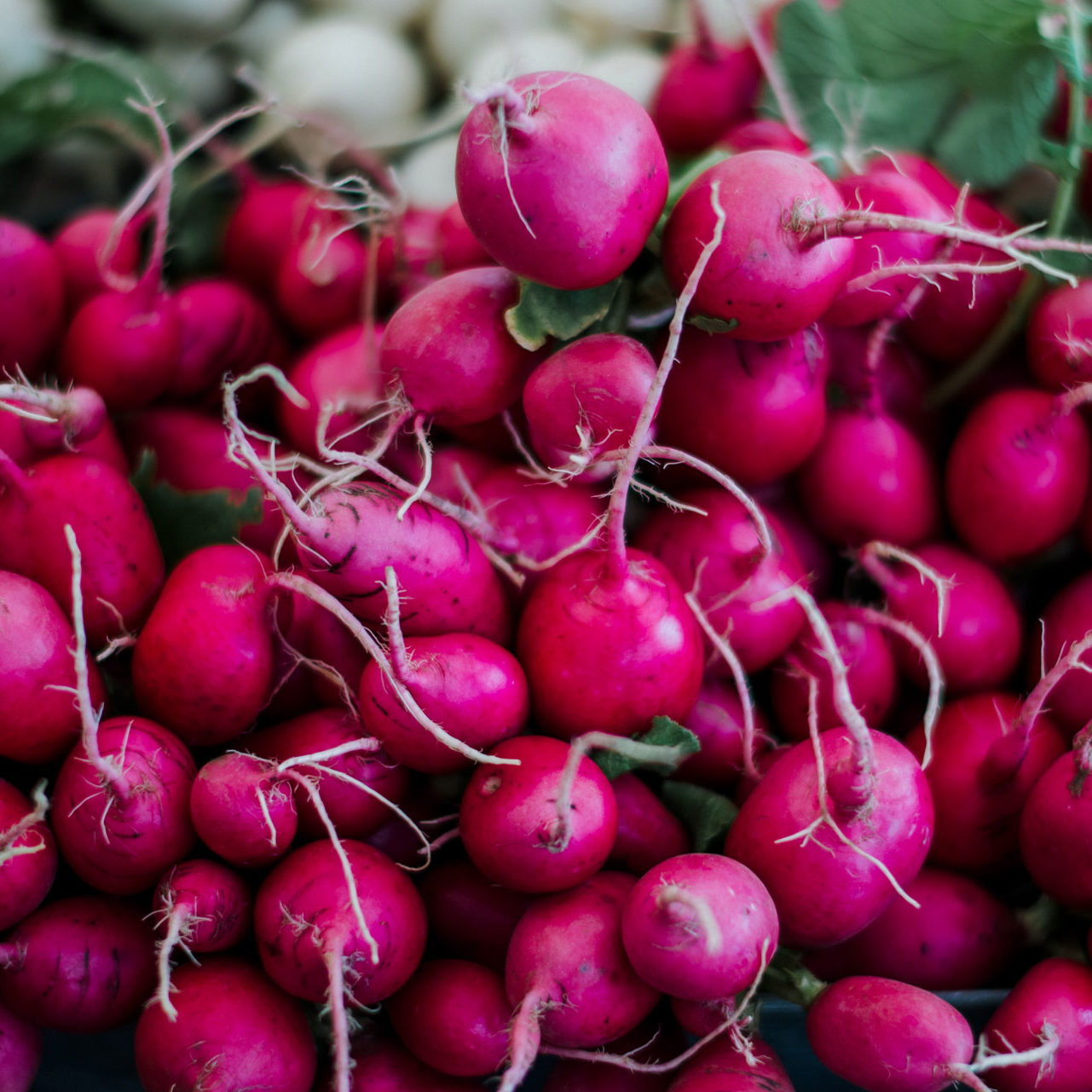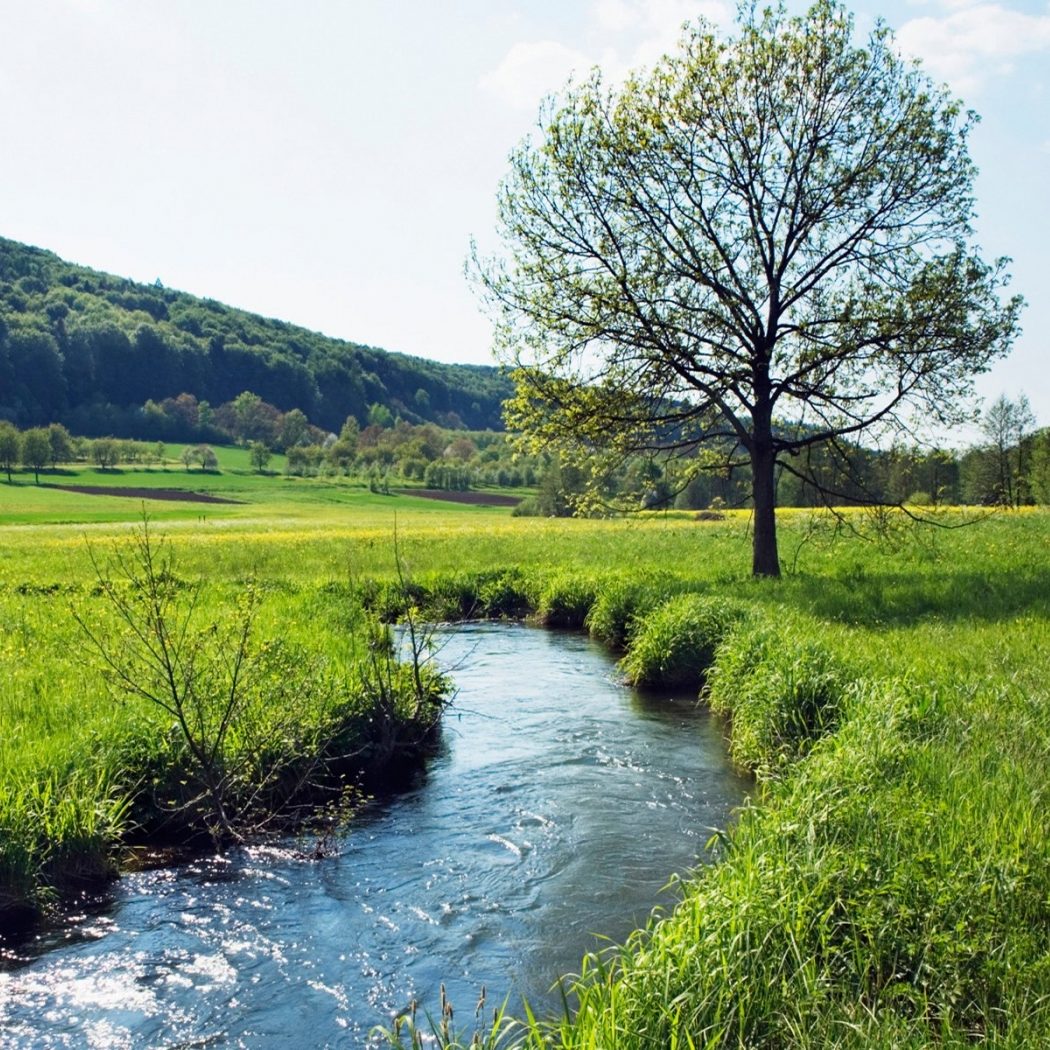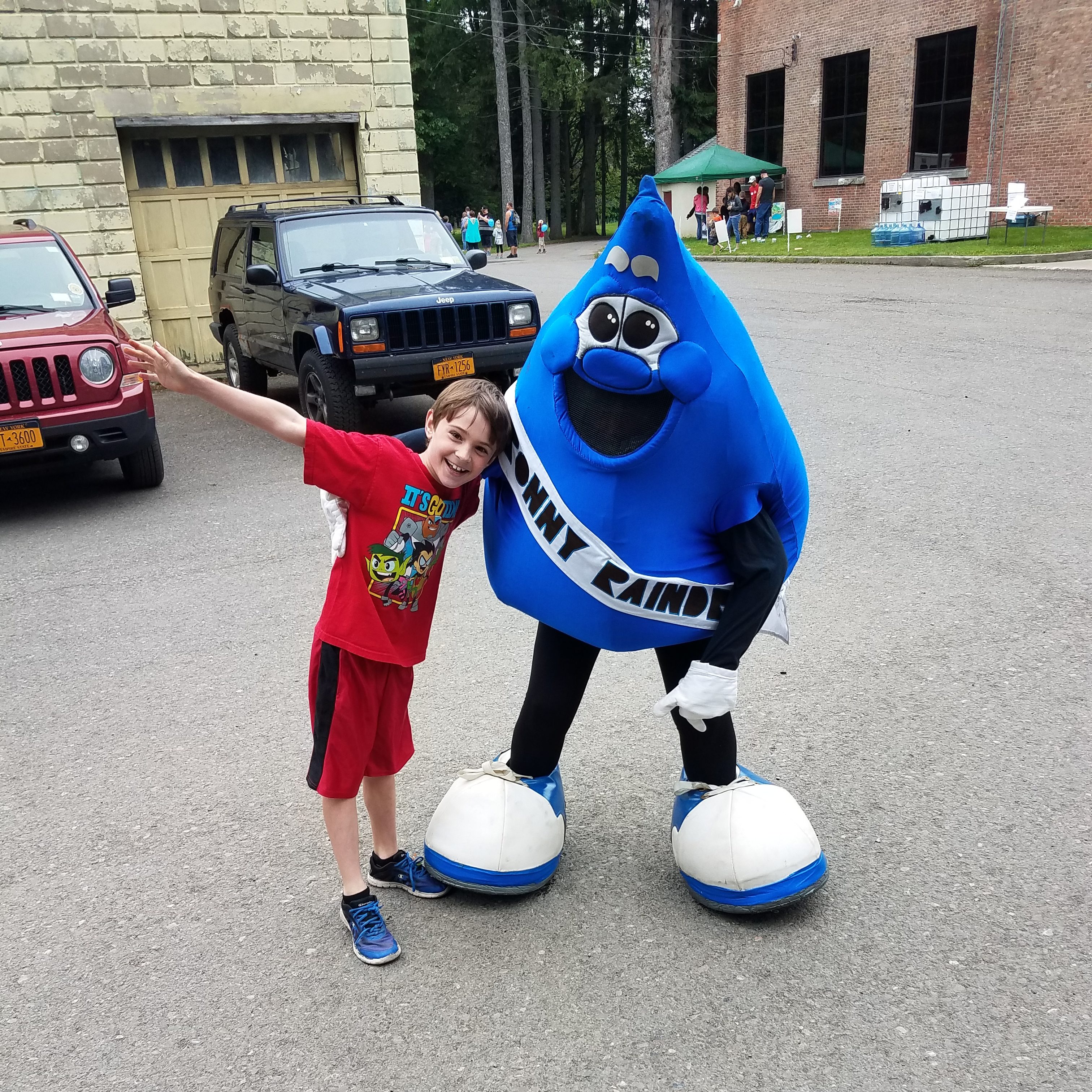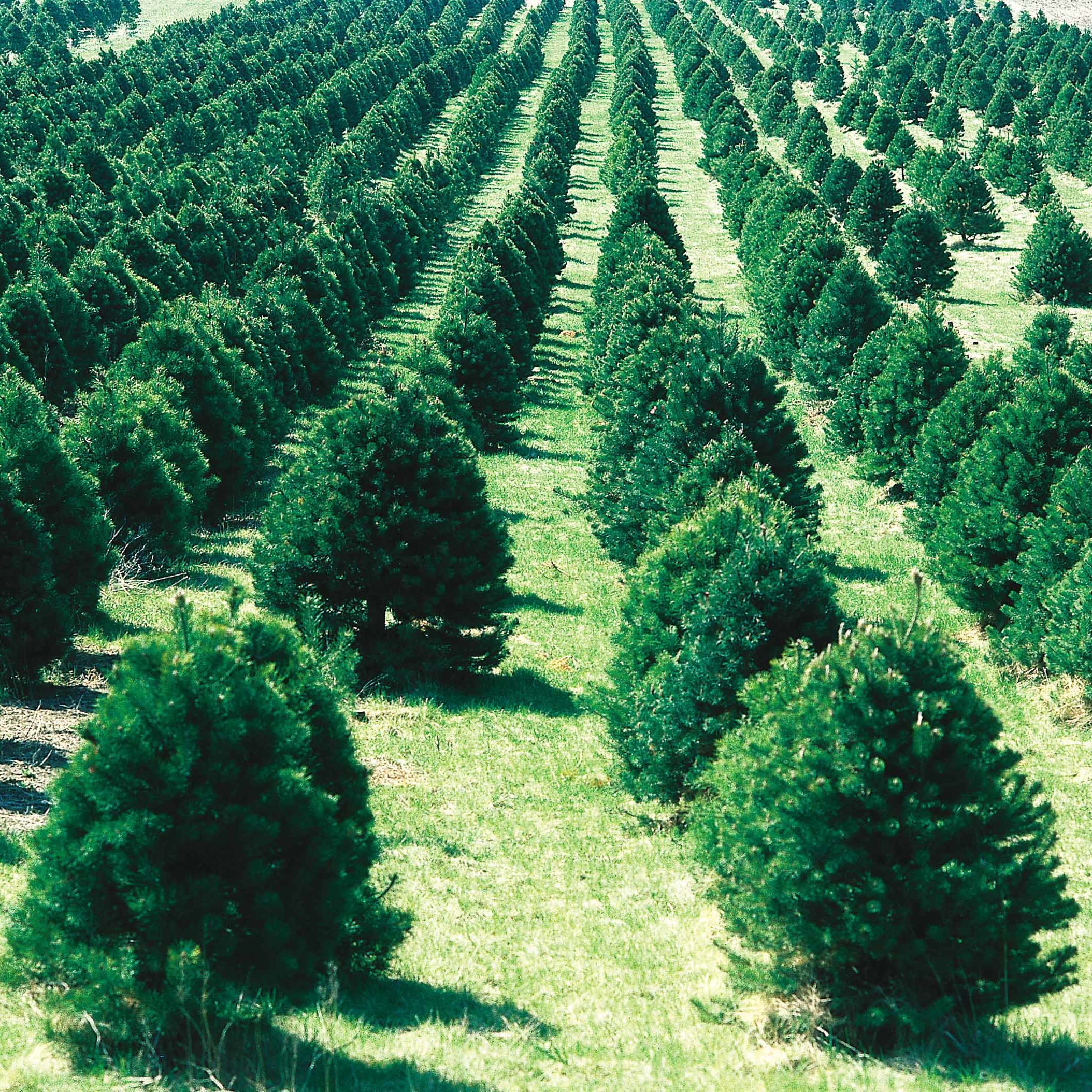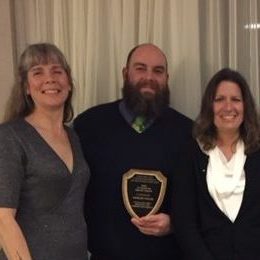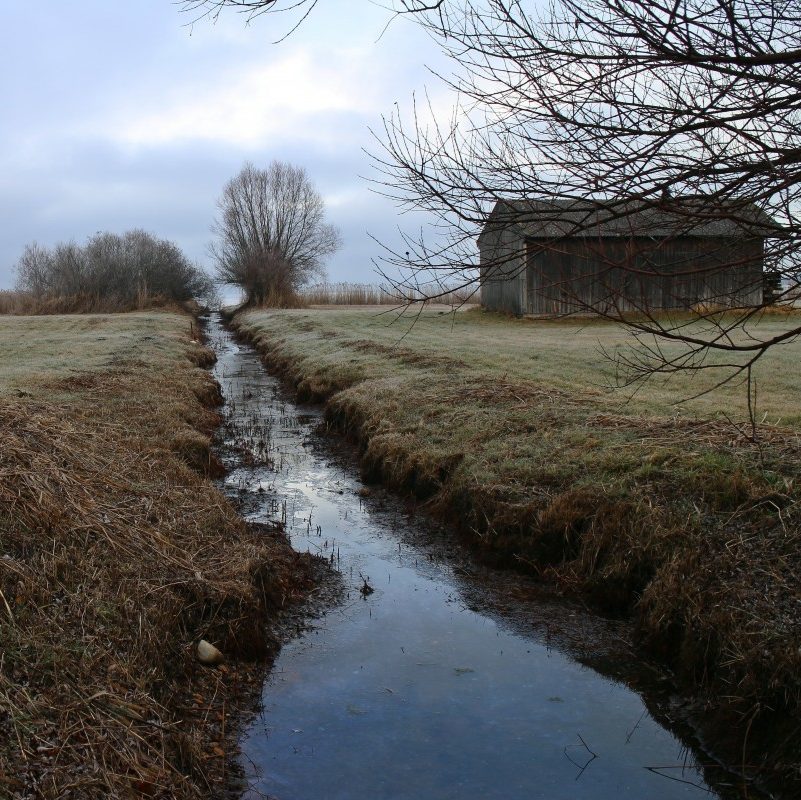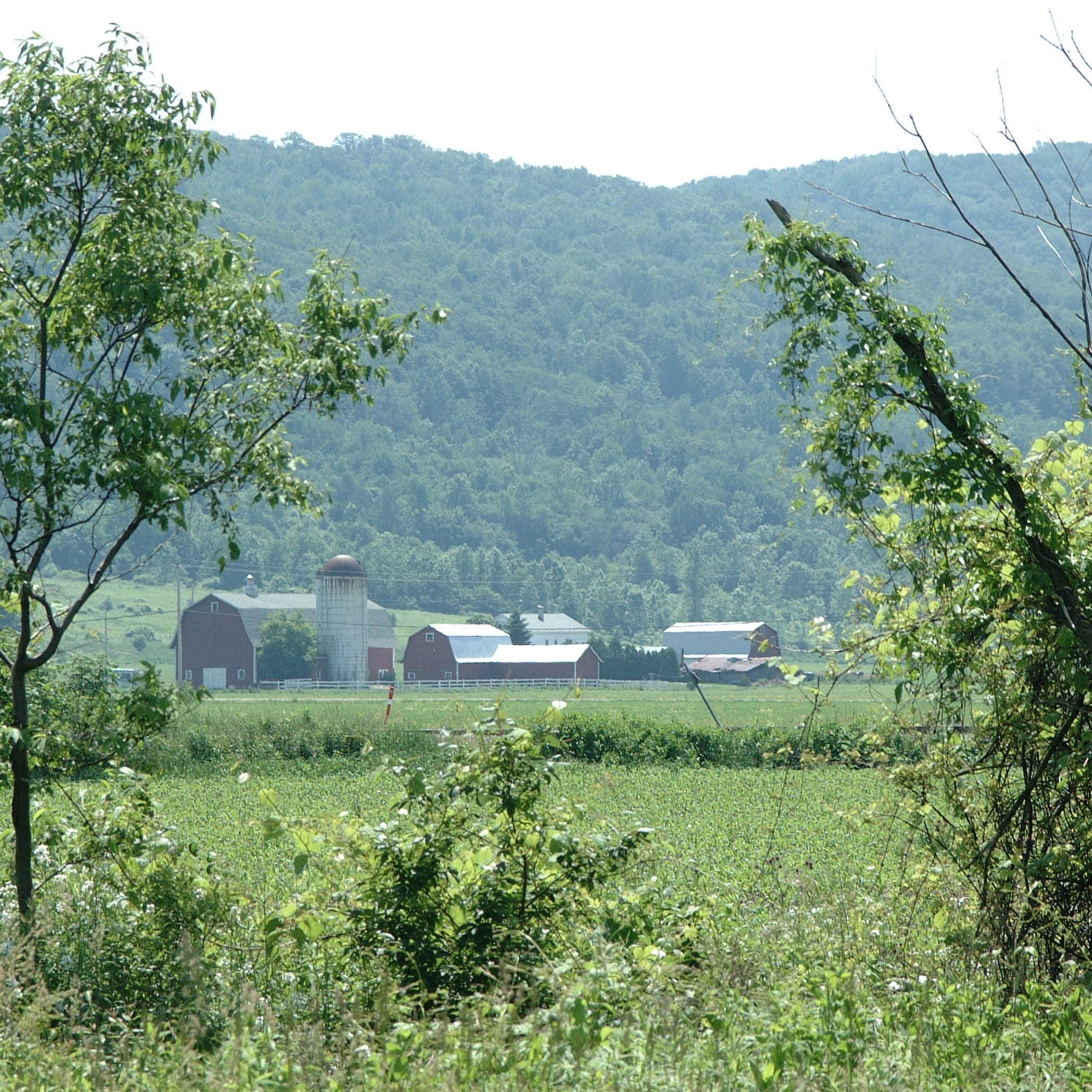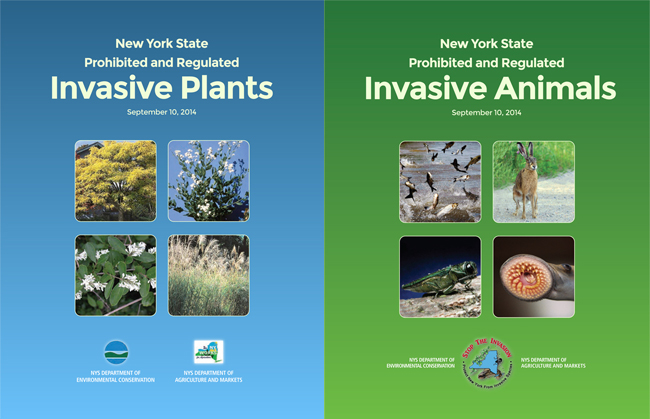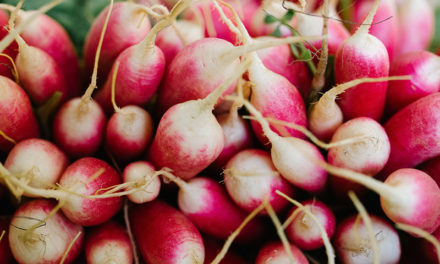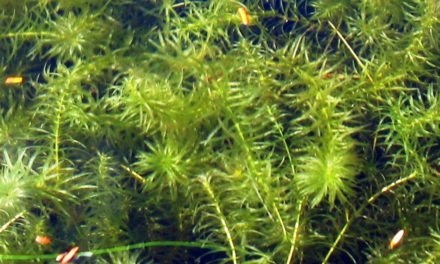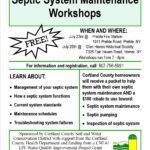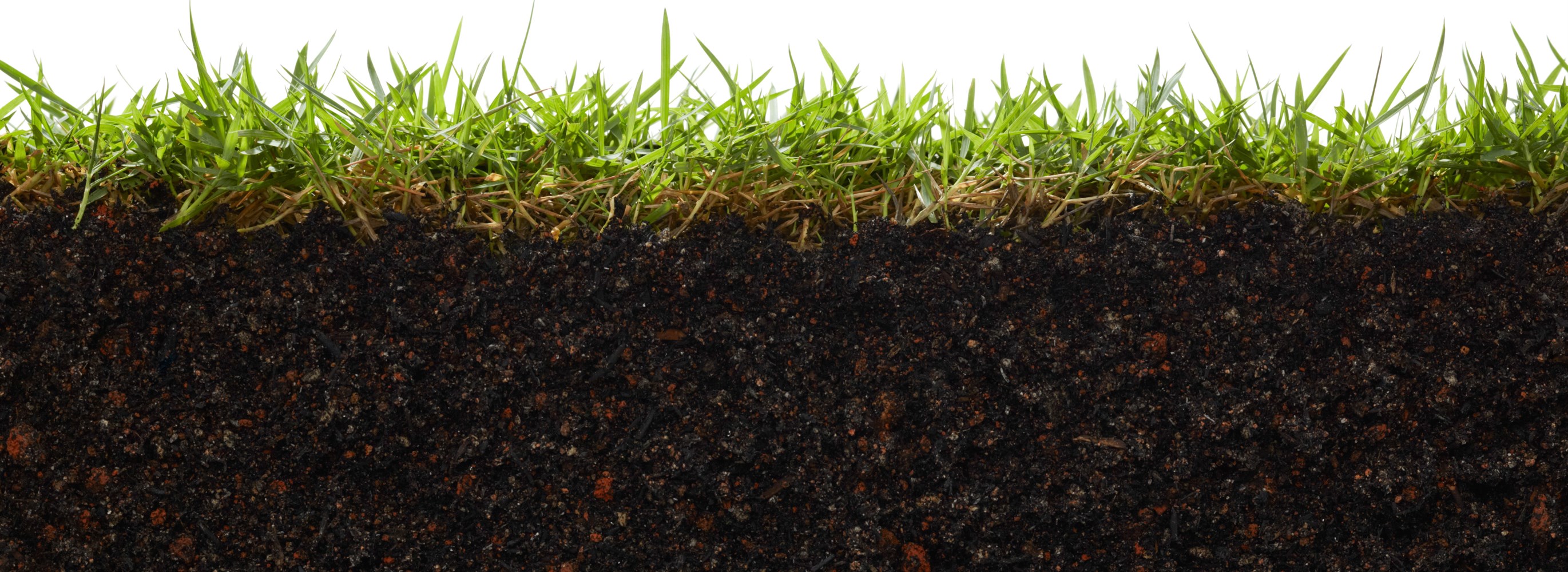Terrestrial invasive species are non-native plants, animals, and other organisms that evolved to live on land. Terrestrial invasive species include plants, vertebrates, invertebrates, and pathogens and diseases. Terrestrial invasive plants include trees, shrubs, grasses, vines, and herbaceous plants. Terrestrial invasive animals include birds, reptiles, mammals, insects, nematodes, and arachnids. Other terrestrial invasive organisms include pathogens such as fungus, bacteria, mold, and viruses. Terrestrial invasive species like plants and insects are often spread inadvertently by humans in soil, on plants, or even on clothing and pets.
Giant hogweed (Heracleum mantegazzianum) is a perennial herb that grows to be 3 to 4 meters in height that originates from Eurasia. This is common along railroads, roadsides, rights-of-ways, vacant lots, streams, rivers, uncultivated or waste lands, and agricultural areas. This plant is a threat because giant hogweed sap contains a substance that causes skin to become sensitive to ultraviolet light. When the exposed areas come into contact with sunlight, severe burns that swell and blister painfully are produced. Management strategies for this include chemical, physical, and prevention.
Common reed (Phragmites australis ssp. australis) is a tall perennial plant that grows 1 to 6 meters tall, and originates from Europe and the Middle East . It grows on shorelines, wetlands, ditches, and disturbed sites. This is a threat because it forms dense monocultures, displaces native species, and degrades wetland habitat. Common reed also alters the habitat structure and hydrology. In addition to this, its leaves and stems have poor nutritional value to wildlife. Management for this includes chemical, physical, and prevention.
Purple loosestrife (Lythrum salicaria) is a wetland plant that can grow to be up to 2.5 meters tall, originating from Eurasia. This plant can be found in wet meadows, tidal and non-tidal marshes, the edges of waterways and ponds, and in ditches. This is a threat because it outcompetes and replaces native wetland species, thus decreasing biodiversity. This in turn reduces the quality of habitat and food sources vital to the wetland wildlife. Dense stands of purple loosestrife can also alter biogeochemical and hydrological processes within wetlands. Management strategies for this include chemical, physical, biocontrol, and prevention.
It is very important for you to do your part to help prevent the spread of these species! To help prevent the spread of terrestrial invasive species, transportation is key. Do not transport logs or firewood more than 50 miles from where it was harvested. Brush off your clothes to remove any seeds or insects that may be on it. This will prevent the species from spreading through these means.
Tomorrow morning at 10AM, Don Fisher, of the Little York Lake Preservation Society, will be giving a lake association’s perspective and experiences on the chemical treatment of their lake to control starry stonewort. For information and registration, go to https://starrystonewort.org/organizer/finger-lakes-institute/

